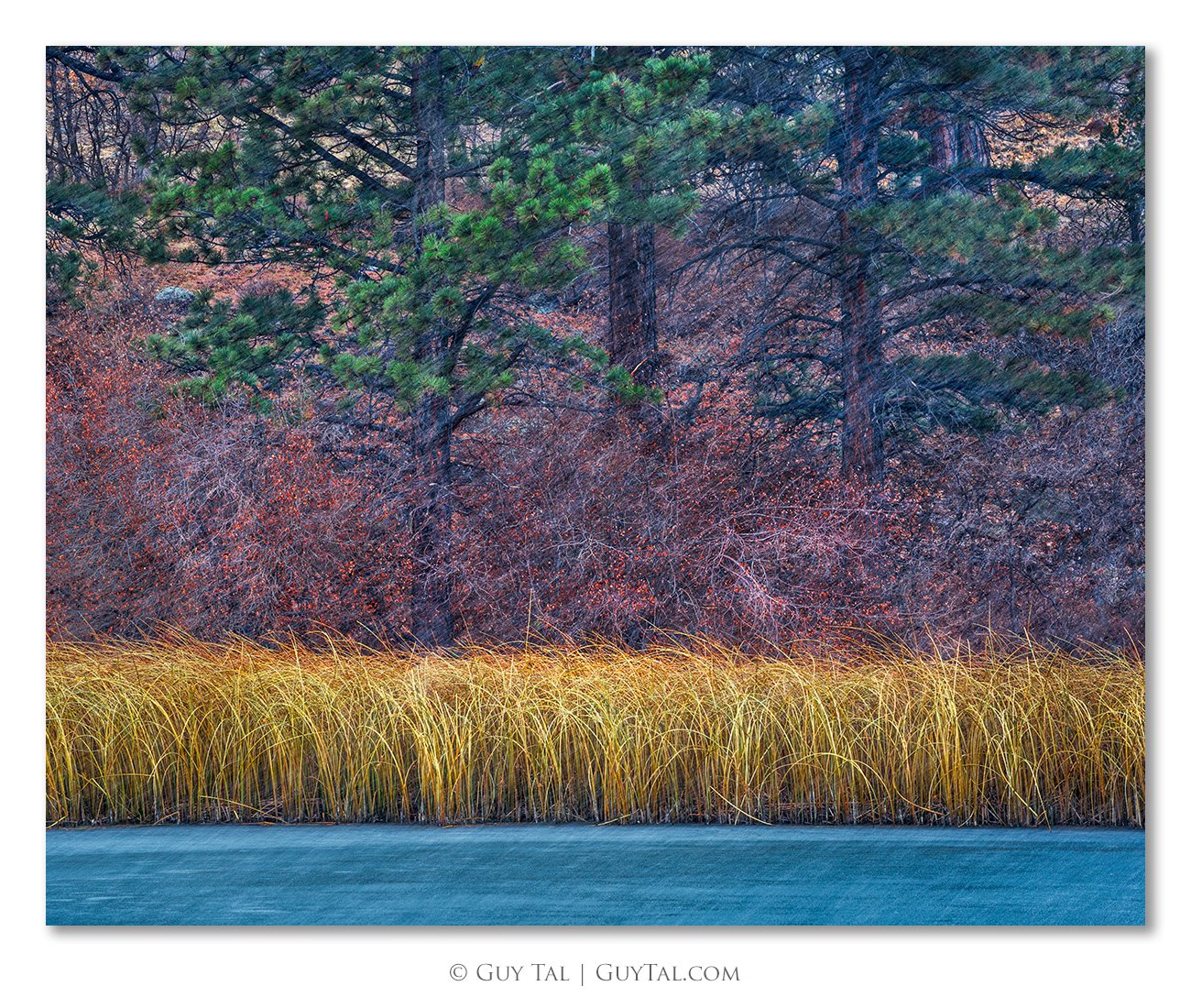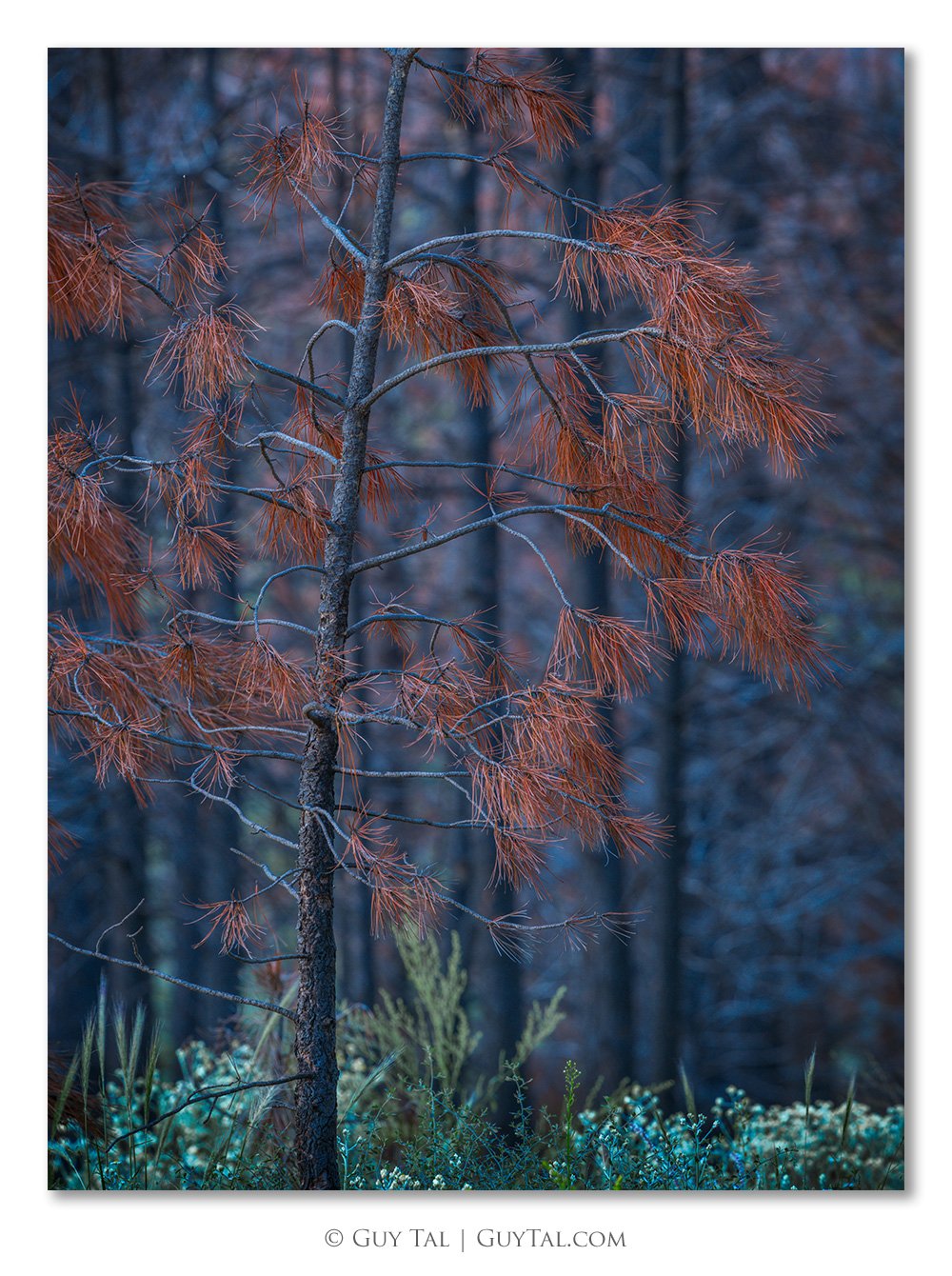Arboreal Stories: Ponderosa Pines (Color)
Ponderosa Pines
Note: Clicking on any thumbnail below will bring up a larger version of that image, displayed in a lightbox. Once in the lightbox, you may bring up additional image information by hovering your cursor over the image. To return to this gallery page, click the “X” icon on the top right corner of the lightbox.
These giant conifers, ponderosa pines (whose name comes from the same root as the word “ponderous”), may live to be over 1,000 years old. Large specimens may grow to more than 230 feet (70m) tall and more than 25 feet (7.6m) in circumference.
Ponderosa pines form beautiful sparse forests. In my home desert, they are commonly found in mid-elevations, dominating the zone between the lower canyons, where the dominant conifers are pinyon pines and junipers, and the high-elevation forests, dominated by spruce and fir. Pleasant and fragrant to walk and camp in, ponderosa forests are usually lined with a thick soft layer of fallen red needles, and support a rich community of life.
Ponderosas are the most widely distributed pine species in North America. Alas, like other conifers in this region, most ponderosa pines in the Southwestern US will likely perish within the next couple of decades due to climate change, and likely will be gone completely by the end of the century. The woods I have known for nearly three decades now, where I’ve hiked, camped, foraged, and photographed, will soon be skeleton forests. The decline is already evident. Practically 100% of these trees in my local forest show signs of dying. Smaller species may fill some of the gaps, but these places will never again be as I have known them.



































